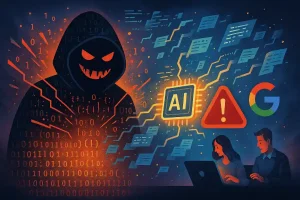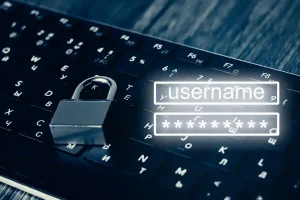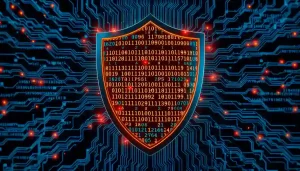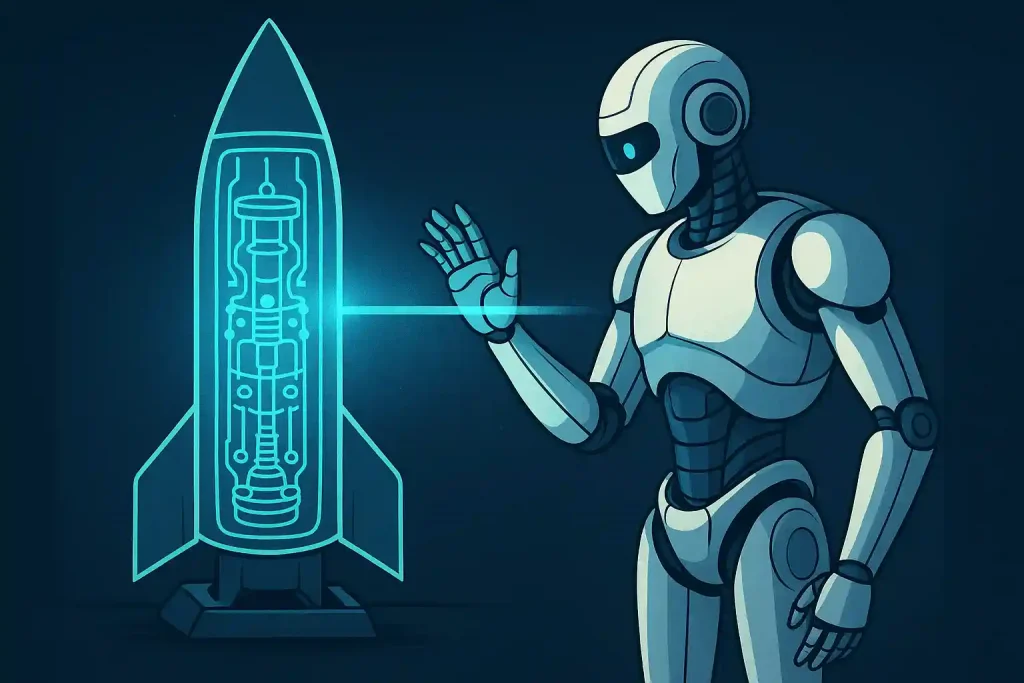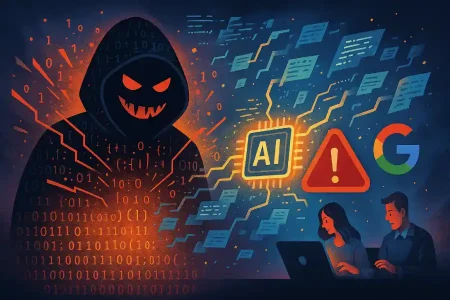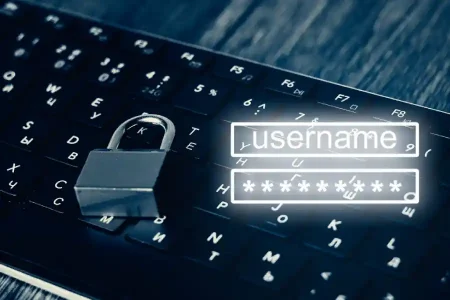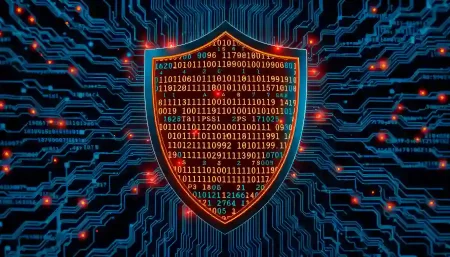With a war brewing in the middle-east over whether or not Iran has Nukes, the world’s first AI nuke inspector can verify nuclear weapons are real without risking espionage or exposure, opening the door to real disarmament deals
Arms control is stuck in the past. Despite decades of nuclear treaties and summit handshakes, the actual process of verifying warheads still looks like it was designed by Cold War bureaucrats with clipboards. The U.S. and its allies still rely on tamper seals, inspectors with limited access, and trust-but-don’t-you-dare-verify protocols. Now China’s pulled a hard left.
According to new reports, its scientists have created an AI-powered system that can scan a sealed warhead and tell if it’s real, no dismantling, no secrets leaked. The tech comes out of Tsinghua University and China’s top weapons labs, and it’s being called the world’s first truly non-invasive nuclear warhead verification tool.
Whether it’s used for treaty enforcement or subtle intimidation, one thing is clear: we’re not in the 1980s anymore.
From lead-lined guesses to neural net
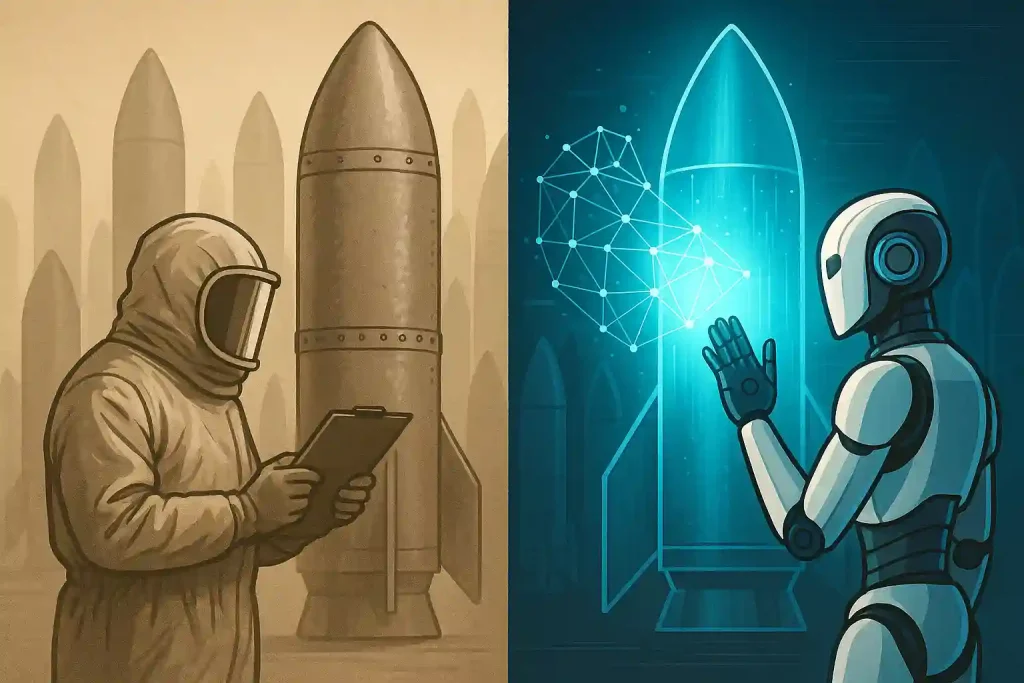
This new system doesn’t need to open a warhead to know what’s inside it. Instead, it uses a mix of neutron signals, gamma-ray bursts, and good old X-rays to collect a kind of digital fingerprint. These signatures can pass through heavy metal casings and generate enough data for the AI to reconstruct a 3D model of the contents, without ever physically touching them. Then comes the deep learning part.
The model, trained on thousands of nuclear material patterns, flags anything that doesn’t match the real deal. It’s not looking for shapes or sizes, it’s looking for the invisible tells that only show up in radiation and density data. During trials, the system reportedly hit 99% accuracy in distinguishing actual warheads from decoys. That’s miles ahead of the “guess-and-hope” approach still common in current inspections.
Compare that to what arms inspectors have had to work with for decades. The current gold standard, used by the U.S., Russia, and most of the world, is a mix of visual inspection, tamper seals, and extremely limited data sharing. That’s why disarmament talks usually collapse in a haze of mistrust. No one wants to reveal internal weapon designs. And no one wants to get conned by a dummy warhead either.
China’s AI system, in theory, breaks the stalemate. It allows inspectors to confirm a warhead is authentic without giving up sensitive information. That’s a major diplomatic unlock, if anyone’s willing to trust it. And therein lies the irony: even a perfect lie detector doesn’t work if everyone thinks it’s rigged.
Step toward peace, or just a high-tech flex?
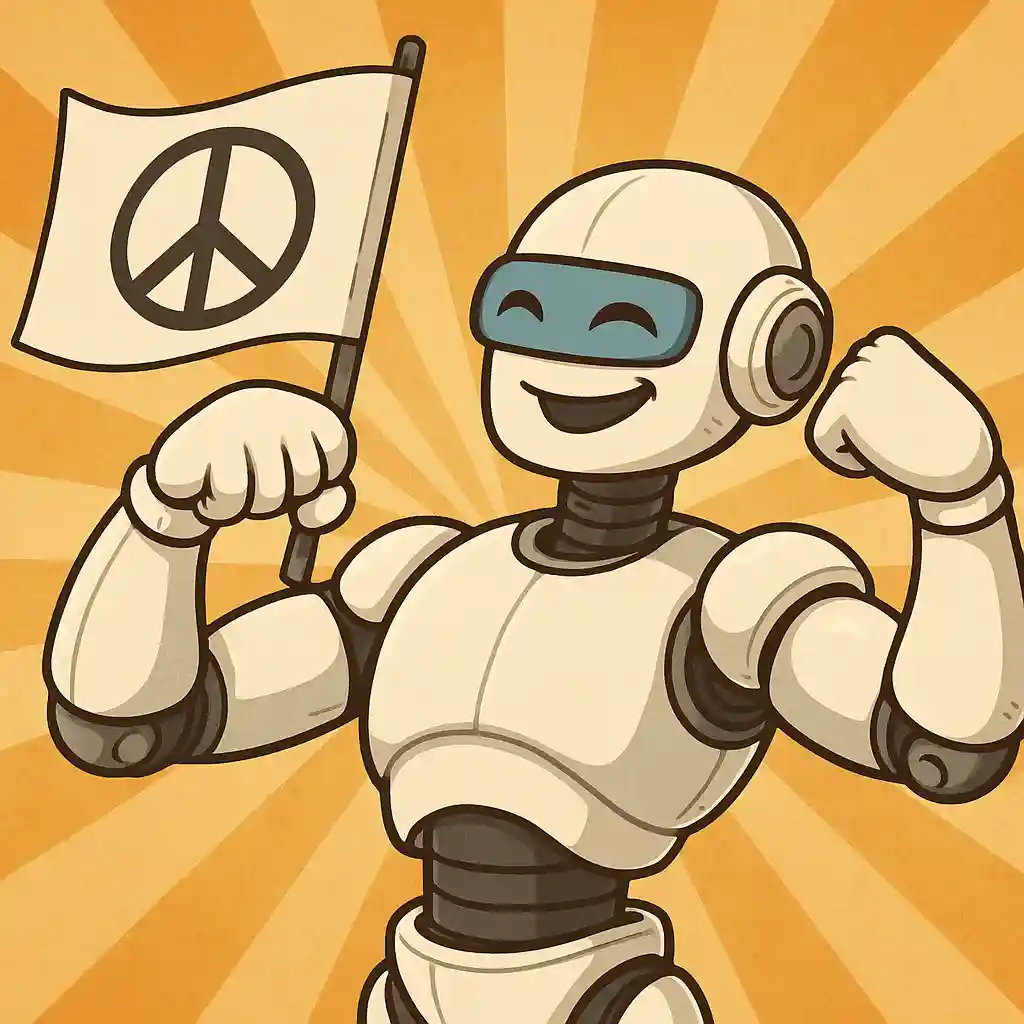
On paper, this sounds like a win for the world. If you can verify nuclear weapons without risking espionage or exposure, you open the door to real disarmament deals. But this isn’t just tech, it’s timing. China’s unveiling of this system now, with no international collaboration attached, feels less like a gift to diplomacy and more like a show of strength.
A quiet way of saying, “We can inspect your nukes, can you inspect ours?” And while the scientists behind the project say it’s ready for global use, there’s no clear sign anyone’s lining up to adopt it. The West still hasn’t moved past its Cold War verification toolkit. And trust, true trust, takes more than algorithms and radiation scans.
The bigger question is whether anyone outside China will ever trust this system. Because while the tech might be revolutionary, the politics aren’t. Verification only works if both sides agree to be verified, and right now, global nuclear diplomacy is stuck in a game of “you first.” Even if China’s AI proves flawless, it might just end up as a domestic tool for showcasing transparency without ever being subjected to it. Or worse, it becomes a strategic edge: the ability to quietly assess other countries’ arsenals while keeping your own sealed tight. AI can automate the inspection. It can’t automate the trust. And for better or worse, that’s still what nuclear peace depends on.
AI-powered Nuclear Inspection
China’s new AI isn’t just a gadget, it’s a signal. That the old ways of verifying nukes, scribbled notes, sealed doors, and crossed fingers might finally be obsolete. The tech is clean, precise, and non-invasive. On a technical level, it solves one of arms control’s most painful paradoxes: how to prove a warhead is real without giving away how it works. But solving the science isn’t the hard part anymore. It’s the politics.
Will other nations trust Chinese-made verification tools? Will this actually encourage deeper transparency, or just widen the rift between East and West? And if China’s figured this out first, what’s stopping the U.S. or Russia from building their own black-box AI inspectors? That’s where things get tricky. Because if we’re entering an era where nukes are verified by machines instead of humans, the stakes haven’t necessarily gone down.
We’ve all read about AI ranting, acting up, crashing out, hallucinating, and even threatening and blackmailing users. Is that really what we want for the future of Nuclear warhead verification?
In case you missed:
- India, iPhones, China & Trump: The Foxconn Story!
- Slaughterbots: Robot Warriors in the Indian Armed Forces!
- China launches world’s first AI-powered underwater data centre!
- DeepSeek’s AI Revolution: Creating an Entire AI Ecosystem
- Schrödinger’s Cat Just Made Quantum Computers 160x More Reliable!
- FraudGPT & WormGPT: Making Cybercrime Cheap & Effortless!
- From Sci-Fi to Fake News: The Chinese Pregnancy Robot Claim!
- DeepSeek’s R1 upgrade takes on GPT-4 with some “rumoured” help from Gemini’s brain!
- Training AI for Pennies on the Dollar: Are DeepSeek’s Costs Being Undersold?
- India’s first Aatmanirbhar semiconductor chip is finally here!
